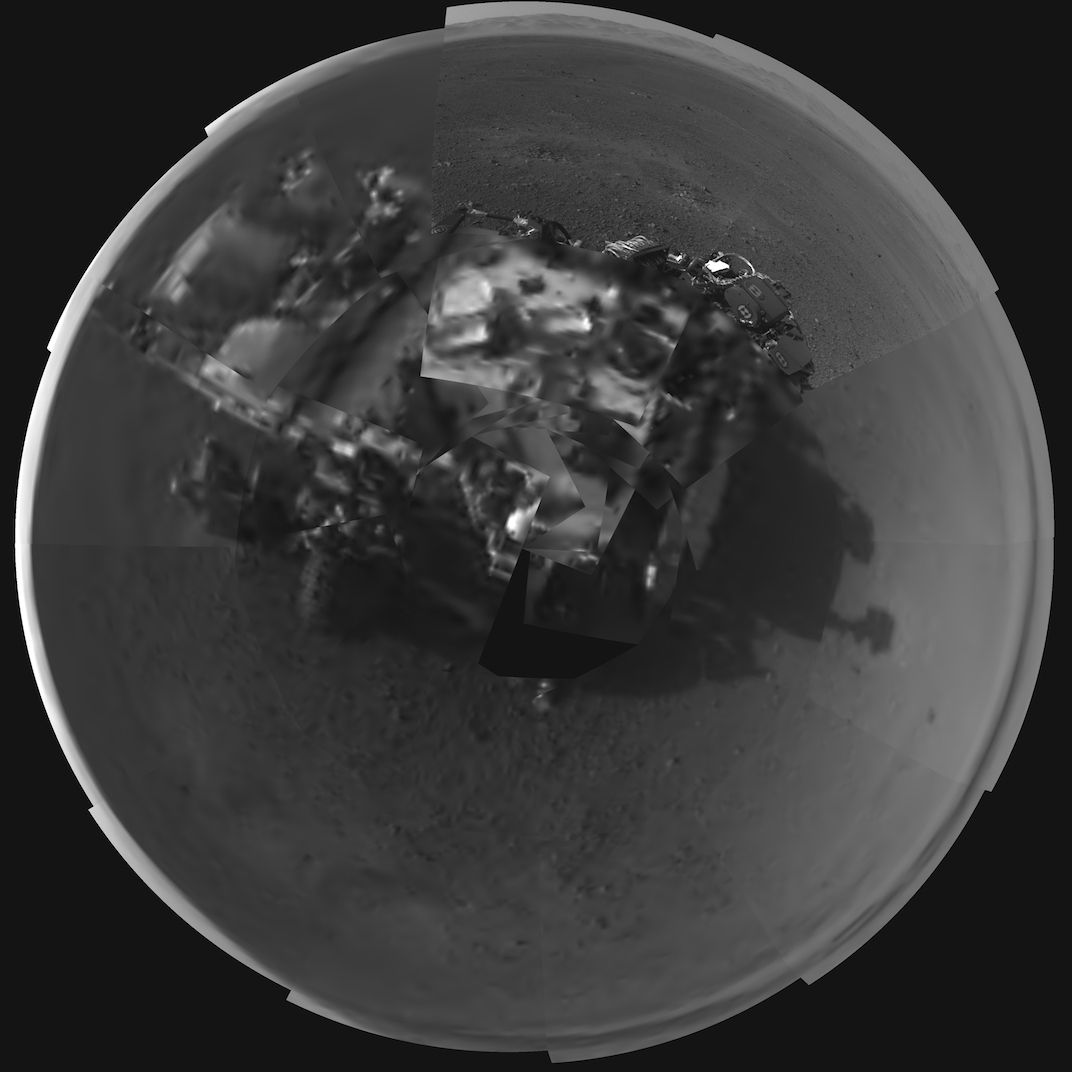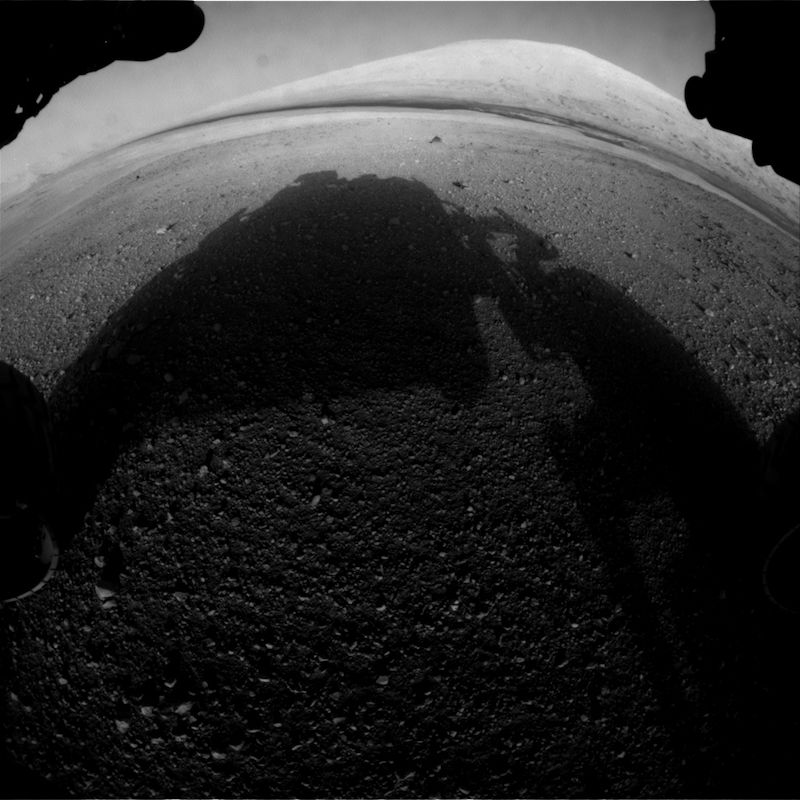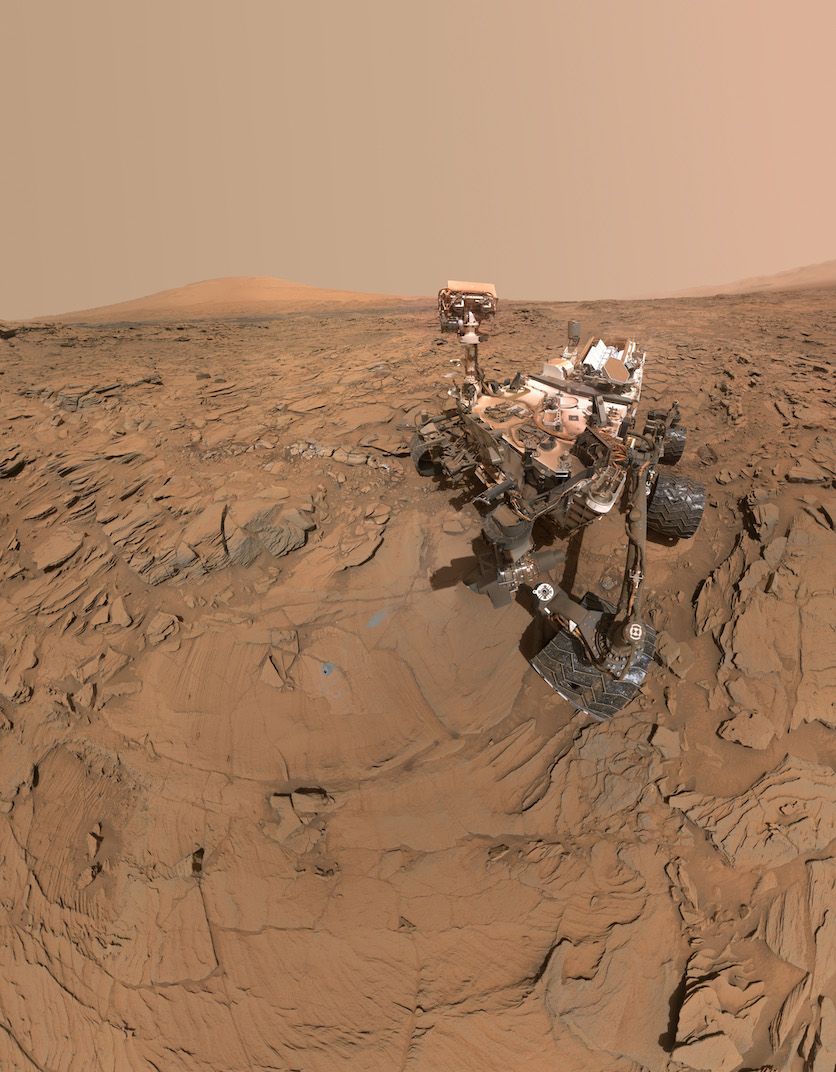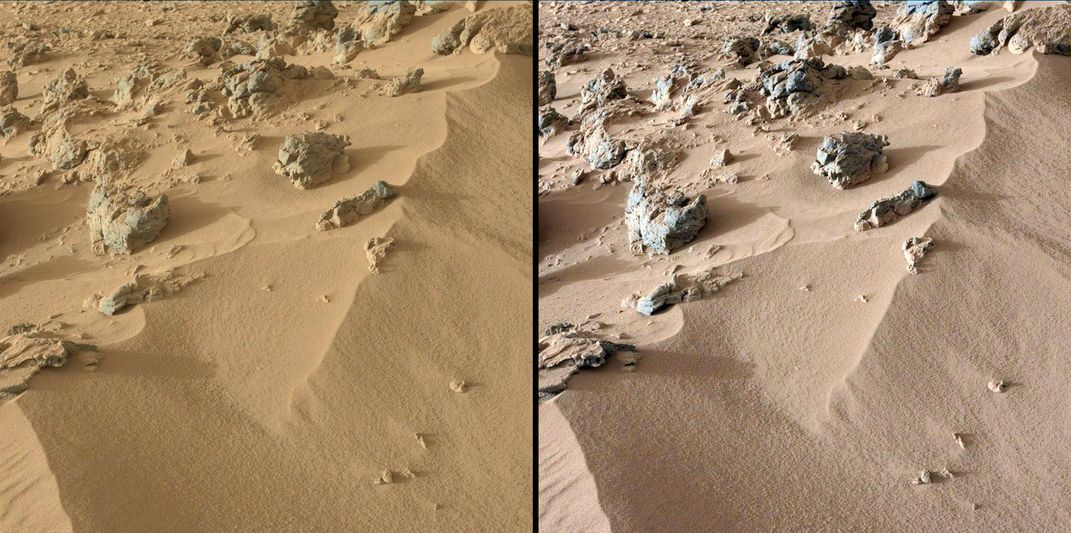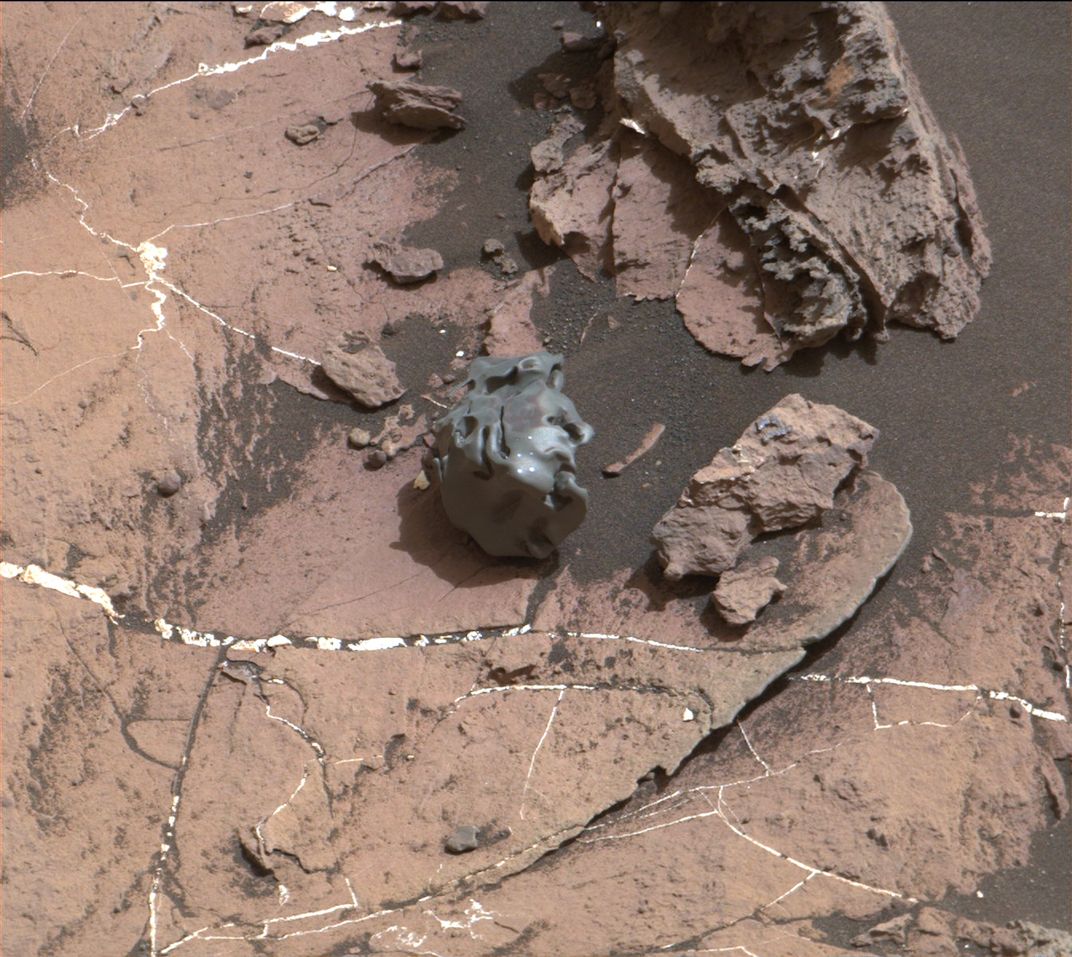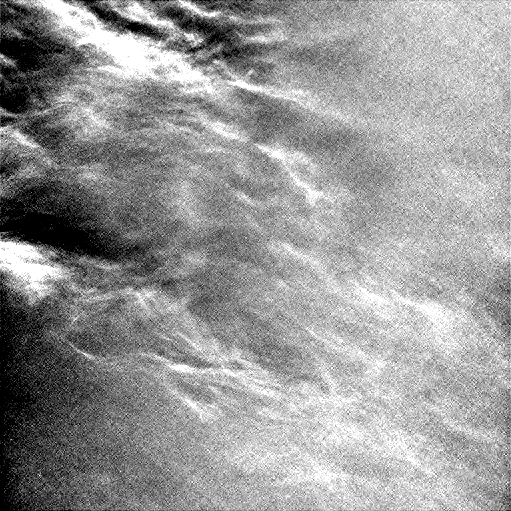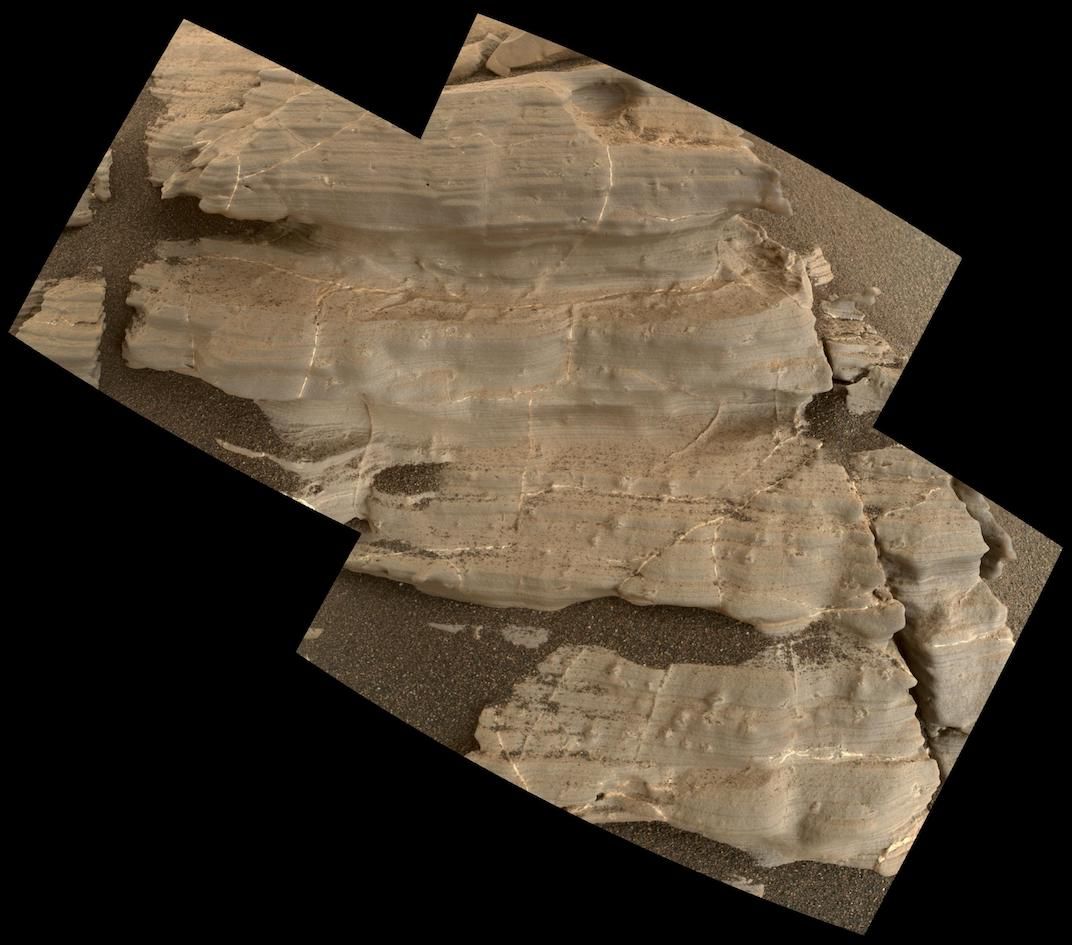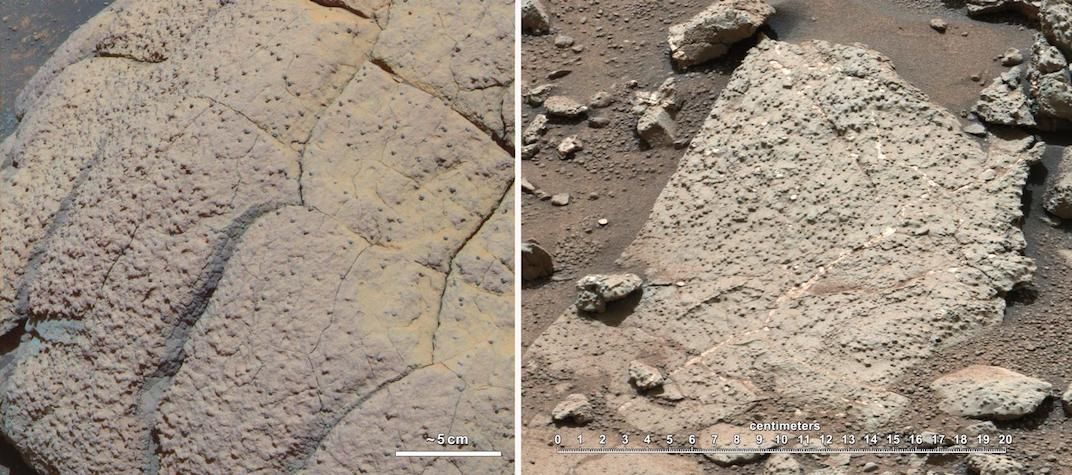Looking Back at Curiosity’s 2,000 Martian Days on the Red Planet
The rover has taken incredible images and made wild discoveries since landing in 2012
On Nov. 6, 2011, NASA’s Curiosity rover launched on a mission to Mars. Landing exactly nine months later, it began its venture to determine if the Red Planet could have ever supported microbial life.
Today marks Curiosity’s 2,000th Martian day of exploration, reports BBC News. In addition to the rover’s impossibly difficult landing, the work it’s done since it touched down has led to some stunning images of Mars and wild discoveries.
Curiosity has not yet found direct signs of life, but it’s unearthed many hints that microbes could be a possibility on the far-flung world. Carrying cameras and imaging equipment, Curiosity has collected and analyzed rock and soil samples, garnering clues about past and present conditions on Mars.
Just seven months after landing, Curiosity analyzed a rock sample that contained sulfur, nitrogen, hydrogen, oxygen, phosphorus and carbon—the key chemical ingredients needed to sustain life. Curiosity has also demonstrated the planet likely once had flowing water and large freshwater lakes, creating an 18,000-foot mountain. The craft also discovered a new type of rock (similar to basaltic rocks on Earth) and a strange golf-ball sized meteorite.
Just last month, it examined bedrock on the Martian surface to reveal tiny crystal shapes and conducted the first test of a new drilling technique, after a drill used for pulling samples from the planet’s surface stopped working.
The rover has conducted all of its investigations around Gale Crater, where it landed. According to NASA, the crater formed by a meteor about 3.5 to 3.8 billion years ago. It was chosen as the rover’s landing site because the crater had shown signs that water was present over its history.
As of Sol (Martian day) 1999, the rover had traveled 11.48 miles on Mars. You can always check in on Curiosity on the mission’s website, which tracks where the rover is at any given time. You can also follow the little rover that could on Twitter.
